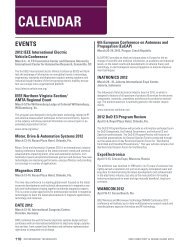2011 EMC Directory & Design Guide - Interference Technology
2011 EMC Directory & Design Guide - Interference Technology
2011 EMC Directory & Design Guide - Interference Technology
You also want an ePaper? Increase the reach of your titles
YUMPU automatically turns print PDFs into web optimized ePapers that Google loves.
professional societies<br />
education, services, and mutual support and by promoting<br />
ethics, objectivity, independence, and free enterprise.<br />
ACIL is a voluntary, non-profit membership organization.<br />
Programs are determined by members, administered by an<br />
elected Board of Directors, and supported by a professional<br />
staff operating from headquarters in Washington, D.C.<br />
ACIL’s Conformity Assessment Section<br />
ACIL’s Conformity Assessment Section consists of firms<br />
with wide and varied interests, all performing testing,<br />
listing, or labeling in accordance with applicable safety<br />
and performance standards, and/or materials testing and<br />
resolution of product and structural problems. Several committees<br />
have evolved within the Section to meet the needs<br />
of its diverse membership, including the <strong>EMC</strong> Committee,<br />
the U.S. Council of <strong>EMC</strong> Laboratories, and the Third-Party<br />
Product Certifiers Committee. In January 2005, the Section<br />
sponsored a booth at the Consumer Electronics Show that<br />
advocated the advantages of independent third-party testing<br />
and the capabilities of ACIL member <strong>EMC</strong> laboratories.<br />
ACIL’s <strong>EMC</strong> Committee<br />
ACIL’s <strong>EMC</strong> Committee was established in 1996 to address<br />
the common concerns of the ACIL <strong>EMC</strong> community.<br />
The Committee sponsors educational sessions<br />
at ACIL meetings that include both technical and<br />
policy issues such as mutual recognition agreements<br />
(MRAs). The Committee updates members on the<br />
latest developments, upcoming requirements, and<br />
activities in the field—both domestic and international.<br />
In January 2002, ACIL published a 143-page<br />
document, Technical Criteria for the Accreditation<br />
of Electromagnetic Compatibility (<strong>EMC</strong>) and Radio<br />
Testing Laboratories, a checklist to assist both assessors<br />
and laboratories.<br />
The Committee also formed the U.S. Council of<br />
<strong>EMC</strong> Laboratories (USCEL) in an effort to aid U.S.<br />
laboratories in addressing technical issues arising<br />
from the U.S./EU MRA and other global concerns.<br />
As the USCEL Secretariat, ACIL provides staff and<br />
supports volunteers active in this important area.<br />
Over the past several years, ACIL has administered<br />
round robin proficiency testing programs with<br />
two artifacts allowing laboratories to make both AC<br />
line conducted and radiated emissions measurements<br />
over the frequency range of 0.15–30 MHz<br />
and 30 MHz–1 GHz, respectively. While continuing<br />
the round robins in the frequencies noted above,<br />
ACIL has launched another round robin with a new<br />
test artifact. This artifact will allow participating<br />
laboratories to demonstrate proficiency for radiated<br />
emissions measurements in the frequency range of<br />
1–18 GHz. Emissions measurements above 1 GHz<br />
are becoming increasingly common with the advent<br />
of fast processors and wireless devices in the 2.4-<br />
and 5-GHz bands.<br />
ACIL also was instrumental in the formation of the<br />
Telecommunication Certification Body Council (TCBC).<br />
New rules establishing TCBs were adopted by the FCC in<br />
December 1998, providing more options for manufacturers—they<br />
can now choose to have their product certified<br />
by either the FCC or a private certification body (TCB). A<br />
TCB may approve equipment subject to certification (e.g.,<br />
transmitters, telecom terminal equipment, or scanning<br />
receivers). The TCB Council addresses the specific concerns<br />
of the TCB community and all constituent bodies are<br />
permitted to participate.<br />
U.S. Product Certifiers<br />
Key U.S. product certifiers are ACIL members and are<br />
reaping many benefits, such as participation in the ACIL<br />
Third-Party Product Certifiers Committee (3P²C²). This<br />
Committee provides a forum for members to discuss and<br />
to act upon various issues of common interest. This committee<br />
formed the American Council for Electrical Safety<br />
to serve as a forum among testing laboratories, regulators,<br />
and electrical inspectors. n<br />
interferencetechnology.com interference technology 143


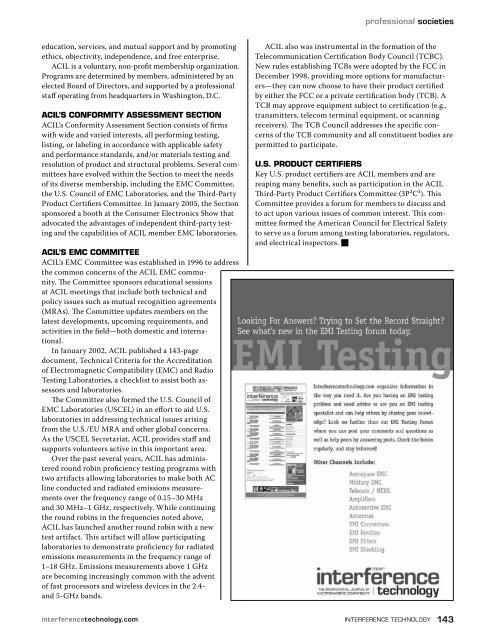

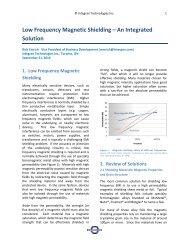

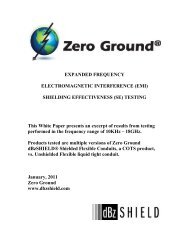
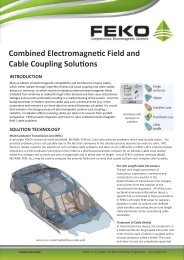

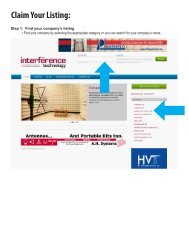

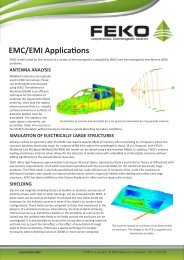
![[ thursday ] morning sessions 8:30 am-noon - Interference Technology](https://img.yumpu.com/23176841/1/190x247/-thursday-morning-sessions-830-am-noon-interference-technology.jpg?quality=85)
